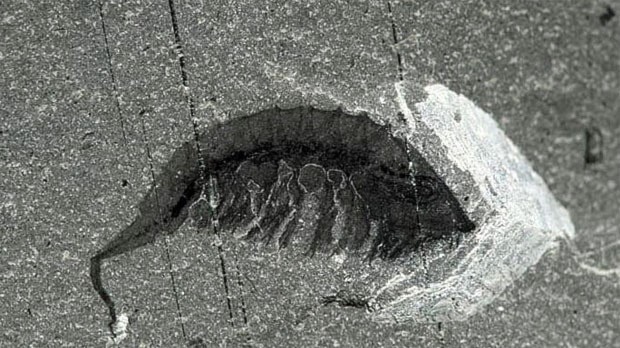Researchers have uncovered a massive fossil deposit in Kootenay National Park and are calling it the world's most important animal fossil discovery in decades.
The Burgess Shale fossil site was discovered in the summer of 2012 by a team of scientists from the Royal Ontario Museum, Pomona College, the University of Toronto, the University of Saskatchewan, and Uppsala University.
A research paper published on Tuesday, February 11, describes Kootenay National Park’s new ‘Marble Canyon’ fossil beds for the first time. Published in the prestigious scientific journal Nature Communications, the authors suggest that the area and its extraordinary fossils will greatly further our understanding of the sudden explosion of animal life during the Cambrian Period. The site is the second fossil bed of its kind in western Canada, and researchers believe it is equal in importance to the original Burgess Shale site just 42 kilometres away in Yoho National Park.
“This new discovery is an epic sequel to a research story that began at the turn of the previous century, and there is no doubt in my mind that this new material will significantly increase our understanding of early animal evolution,” stated Dr. Jean-Bernard Caron, curator of invertebrate paleontology at the Royal Ontario Museum, associate professor at the University of Toronto, and the study’s lead author. “The rate at which we are finding animals – many of which are new – is astonishing, and there is a high possibility that we’ll eventually find more species here than at the original Yoho National Park site, and potentially more than from anywhere else in the world.”
He added, “We are very excited to go back to the field this summer, during the Royal Ontario Museum’s Centennial year, with one of our main goals being to increase the number of new species discovered.”
During a short 15 day field session back in 2012, Caron and his fellow researchers collected thousands of specimens representing 50 animal species, several of which were new to science. Many of the species which were previously known from the Yoho site are actually better preserved in Kootenay National Park, retaining very fine, never before seen anatomical details that will help to understand the shape of the animal 'family tree'.
The new site is protected by Parks Canada and the exact location will remain confidential for the time being to protect its integrity.
“The Burgess Shale is a tremendously rich resource important to our understanding of the development of life on this planet,” said Melanie Kwong,
Parks Canada’s superintendent responsible for the Burgess Shale. “Parks Canada is immensely proud to provide access to the fossils for cutting edge research such as this, for our award-winning guided hikes, and to protect forever these fossils in a national park and UNESCO World Heritage Site.”
This new finding is the latest in a recent string of Burgess Shale discoveries, including confirmation that Pikaia, found only in Yoho National Park, is the most primitive known vertebrate and therefore the ancestor of all descendant vertebrates, including humans.
